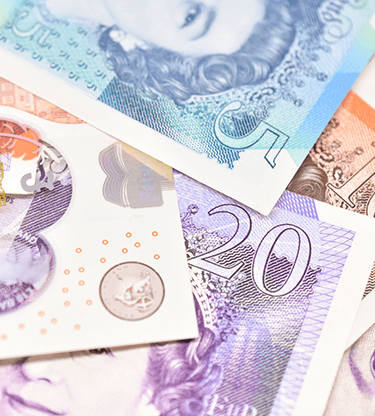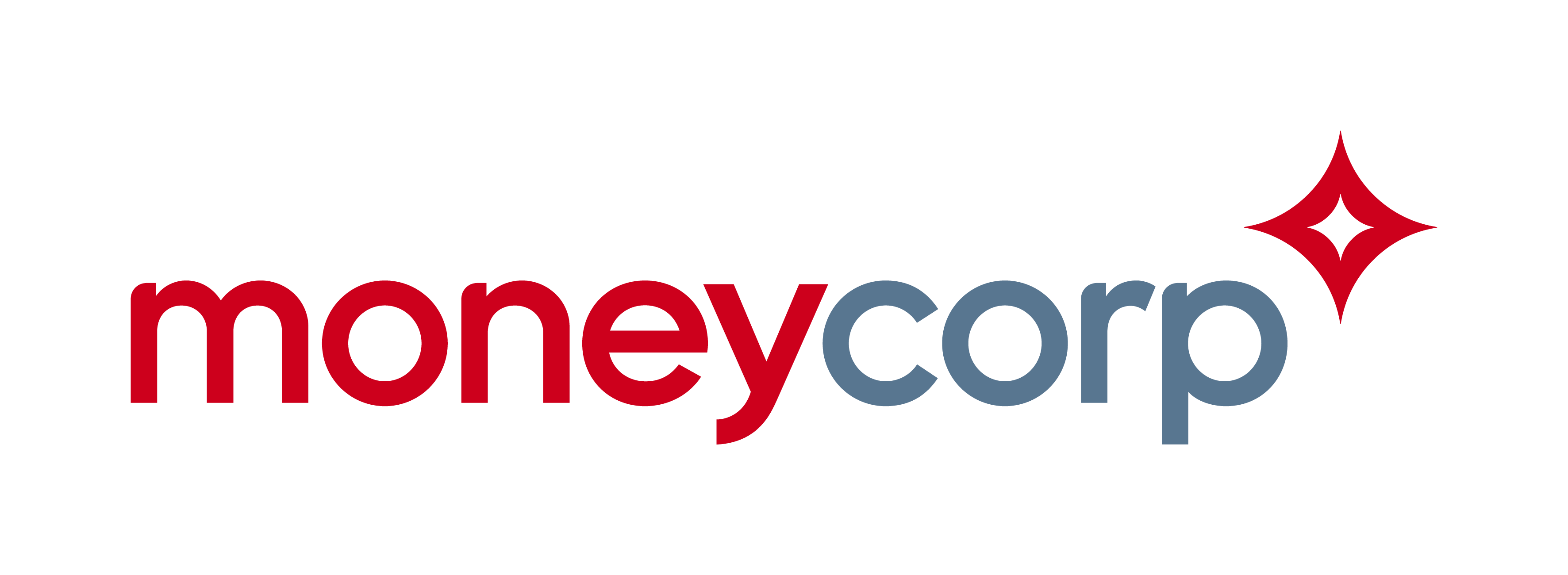Weekly Brief

Share Story
Invasion or not: Faites vos jeux
7 minute readGBP
With investors’ attention repeatedly dragged towards what was not happening in Ukraine and Russia, and helped by the UK parliamentary mid-term recess, the pound was able to add an average of 0.2% against the other major currencies. It was the outright winner last Friday only because it had fallen to the rear of the pack the previous day. In the last month, the pound put on an average of 0.8%, beaten only by the USD and AUD.
Although the UK economic data were not all obviously constructive, they were good enough to avoid creating any real stumbling block for the pound. Almost all of last Friday’s gross domestic product and output figures showed positive growth. This morning’s retail sales numbers for January revealed a strong rebound from December’s Omicron-induced slump. The only real bone of contention was the gap between wages and prices. Tuesday’s labour market overview put basic wages 3.7% higher on the year (4.3% higher including bonuses). Wednesday’s consumer price inflation report put headline inflation at 5.5% (and RPI inflation at 7.8%). There is concern that household costs are racing ahead of incomes and that the gap will widen further in the next couple of months when higher taxes come into play.
EUR
For all the obvious reasons, the euro has not been helped by Russian military “exercises” on its borders and Washington’s belief that an invasion of Ukraine is imminent. Nor has the mood been lightened by a long-awaited European Court of Justice ruling that the EU can withhold billions of euros of funding to Poland and Hungary because they are not observing democratic standards. Among the top-tier currencies, the euro was the week’s poorest performer (the NOK had a slightly worse run) with an average loss of 0.6%. It gave up nearly a cent to sterling and lost a fifth of a US cent.
The European Central Bank’s Chief Economist was vaguely helpful to the currency on Thursday when he said in a speech that permanently-low inflation might be a thing of the past and talked of a “gradual normalisation” of monetary policy. Although still far from a policy hawk, Mr Lane at least showed signs of casing off his Über-dove costume. His boss offset his not-quite-hawkishness with her comments to the European Parliament. Christine Lagarde spoke of the need for “flexibility and optionality”. She also stressed that there will be no rush to remove stimulus and tighten monetary policy. The ECB president appeared to be downplaying the comments made after the last Governing Council meeting.
USD
The prospect of higher US interest rates is of steadily diminishing benefit to the USD. Having bought into the story for months, with no real likelihood of any rate hike before March and with other central banks leaning more towards policy tightening, investors are not inclined to pile more money into long-dollar positions. The USD was consequently one of the weaker performers over the last seven days, falling an average of 0.4% and losing four fifths of a cent to sterling. The Ukraine situation was helpful from a safe-haven point of view, but investors preferred the JPY and CHF.
Nevertheless, the higher-rates story remained in the news. On Thursday, St Louis Fed President James Bullard, a voting member of the Federal Open Market Committee, said that the debate is not about whether, but rather how fast the FOMC needs to tighten monetary policy. The minutes of the committee’s last meeting shed no fresh light on how quickly it might happen, but a near-record 9.7% print for producer price inflation illustrated the problem.
CAD
Canada’s dollar outpaced its southern neighbour, adding a third of a US cent and holding steady on average. It lost a third of a cent to sterling. Bank of Canada Deputy Governor Timothy Lane delivered a speech on monetary policy entitled “Navigating uncharted territory”, in which he described how it was shaped by the pandemic. Unfortunately, he had nothing to say about the outlook, other than that the BoC “will be nimble—and if necessary, forceful—in using our monetary policy tools to address whatever situation arises”.
The latest situation to arise in the realm of economic statistics is a 31-year high for inflation. As expected, Canadian consumer prices rose more quickly in the year to January, taking inflation to 5.1%, its highest level since 1991. Gasoline prices went up by 4.8% in that month alone and are now nearly a third higher than they were 12 months ago. Other domestic ecostats showed housing starts beginning to “trend lower” and manufacturing sales rising for a third consecutive month.
AUD
The Aussie had a good week, sharing first place with the NZD and beating the major currencies by an average of 0.8%. Having ended last week on the back foot, it set off higher on Monday morning, eventually adding almost one US cent and firming by well over a cent against the pound. It was helped by a further retreat from out-and-out dovishness by the Reserve Bank of Australia. Governor Philip Lowe told Parliament’s Economics Committee that “it is certainly plausible” that the bank will raise its benchmark Cash Rate this year. The minutes of the RBA’s February policy meeting contained nothing new or shocking, confirming the end of asset purchases and speaking of patience in modifying monetary policy. For some, that patience risks the bank being “rushed into a short, sharp tightening cycle”. At least one analyst believes the first rate hike will come in June, a couple of months sooner than previously thought.
The only properly meaty Australian ecostats were Thursday’s jobs numbers. They were reasonable but not brilliant. Unemployment was steady at 4.2%, in line with forecast, the participation rate was a touch higher at 66.2%, and there was an unexpected 13k rise in employment. However, the new jobs were all part-time positions and 17k full-time posts disappeared.
NZD
Sentiment frequently shifted with the ebb and flow of news and rumour about Russia and Ukraine. One day the invasion was off, the next it was back on again. Unusually, the changes in risk appetite had only a modest impact on the antipodeans, perhaps because they are so far removed from the (in)action in East Europe. The Kiwi kept pace with the Aussie to share first place for the week and an average gain of 0.8%. It strengthened by well over a cent against sterling.
It did not receive a great deal of help from the NZ economic data. Business NZ‘s performance of services index came in at 45.9. It was four points lower on the month and signified, according to the report’s author, “constant contraction”. The last time the index was in the growth zone above 50 was in July last year. REINZ reported that NZ house prices fell 1.5% in January, leaving them 19.9% higher on the year. Prices have risen by an average of 10.1% over the last five years.


